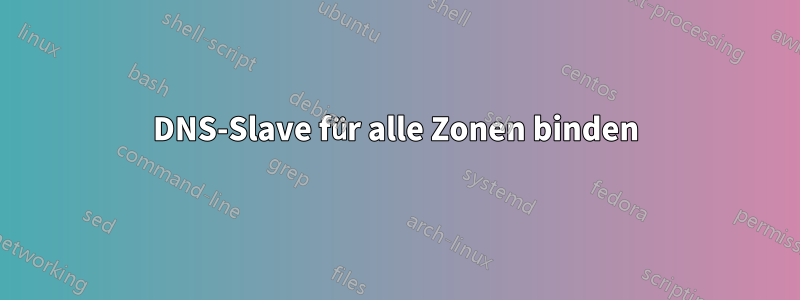
Wir haben Bind9es als Slave laufen, aber ich wundere mich, dass es keine Anweisung wie type slavein named.conf hat, aber ich kann sehen, dass es Einträge vom Master aktualisiert. Wir fügen nur Einträge im Master hinzu und fügen eine neue Zone hinzu, aber es wird automatisch auf den Slave repliziert, wir müssen nie etwas auf dem Slave hinzufügen oder berühren. Wie ist dieser Slave konfiguriert?
named.confich sehe Einträge wie diese. Reicht das aus, um es zum Slave für alle Zonen zu machen?
allow-transfer { acl-nameservers; };
allow-new-zones yes;
server 192.168.100.10 { keys dns-xfer; };
also-notify { 192.168.100.10; };
Antwort1
Wahrscheinlich wurden alle Ihre Zonen per Befehl hinzugefügt rndc addzone. Dies ist zulässig, weilallow-new-zones yes
man rndc:
rndc addzone zone [class [view]] configuration
Add a zone while the server is running. This command requires the
allow-new-zones option to be set to yes. The configuration string
specified on the command line is the zone configuration text that
would ordinarily be placed in named.conf.
The configuration is saved in a file called hash.nzf, where hash
is a cryptographic hash generated from the name of the view. When
named is restarted, the file will be loaded into the view
configuration, so that zones that were added can persist after a
restart.
This sample addzone command would add the zone example.com to the
default view:
$rndc addzone example.com '{ type master; file "example.com.db"; };'
Sie können also nachsehen, ob Sie solche *.nzf- oder *.db-Dateien im Arbeitsverzeichnis von Bind finden (z. B. /var/lib/named).


